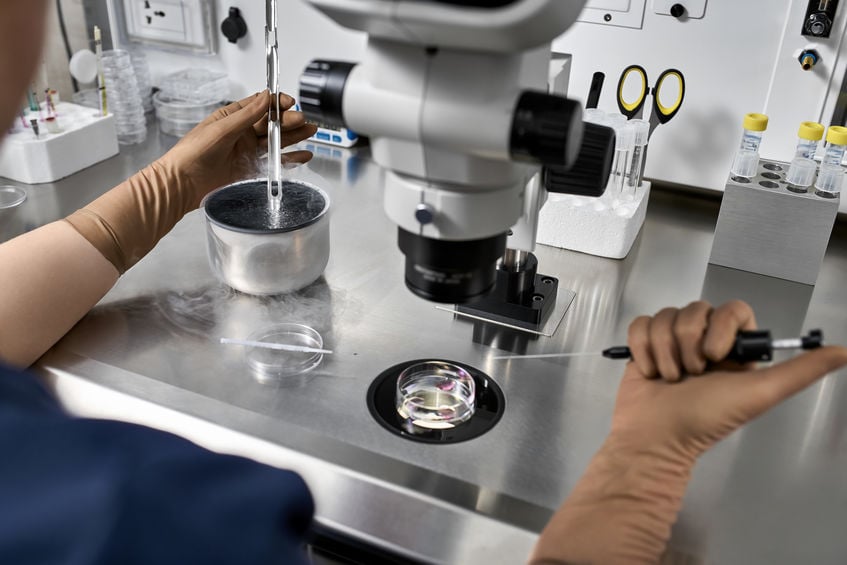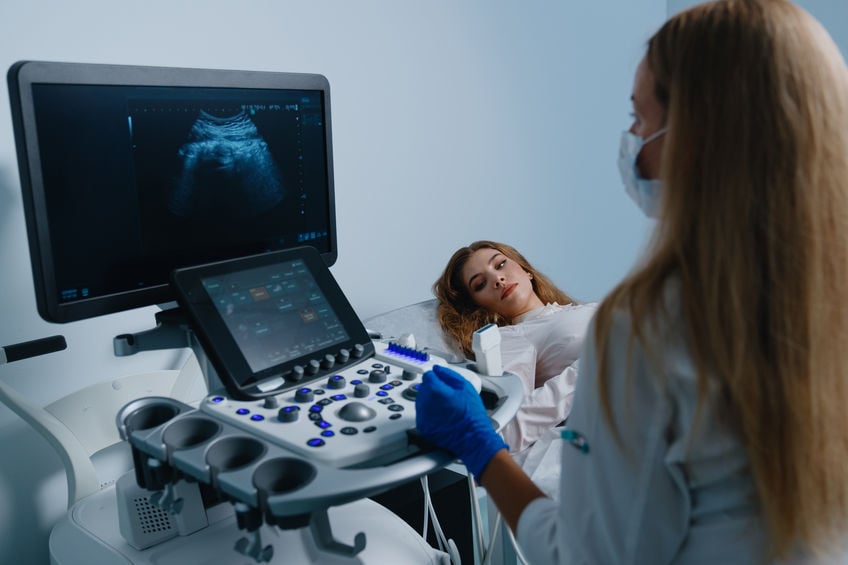Overcoming Infertility With SET
Approximately a third of adults in the United States have experienced fertility treatments or personally know someone with in vitro fertilization (IVF) experience. While overall rates depend on patient background and health history, countless families across the US rely on assisted reproductive technology (ART) to conceive. With more than a million babies delivered thanks to fertility treatments, aspiring parents can achieve pregnancy with ART. From IVF and surrogacy to donor eggs and frozen sperm, reproductive technology’s success depends on the selected procedure type and patient background.

Are there risks?
The most widely recognized risk of ART procedures is more than 1 pregnancy within the uterus. While some patients may be excited at the prospect of twins or triplets, multiple births also increase risks. Multiple pregnancy babies are at increased risk of premature deliveries, low birth weight, and specific disabilities. In such cases, some women go on bed rest to delay labor to a healthy date. For women carrying 3 or more babies, delivery via C-section is a necessary, life-saving measure.
Exploring reproductive solutions
While some ART procedures risk multiple pregnancies, one specific strategy helps minimize the risk of multiple fetuses. Elective single-embryo transfer (eSET) is a procedure where a pre-selected embryo is placed either in the uterus or directly into the fallopian tube. Depending on patient needs, the selected embryo could be from a previous IVF cycle or a current one that provided more than a viable embryo. Any additional embryos may be frozen in preservation for future pregnancies.
Looking at the family tree
Heredity determines fertility. Women with a family history of conditions such as polycystic ovary syndrome (PCOS), amenorrhea, or premature ovarian insufficiency are at a higher risk of trouble with pregnancy. Specific preexisting health conditions cause women to have periods without ovulation, known as anovulation. To address any additional challenges, patients should plan to meet with primary care doctors to map out a plan for fertility treatments.
Achieving pregnancy with ART
Each year, countless couples in the US experience difficulty achieving pregnancy. While infertility is hard and exhausting, ART provides hope to countless patients interested in starting a family. Generally, couples under age 35 should contact a healthcare practitioner to develop a strategy after a year of trying to conceive. Combating infertility can be frustrating, but assisted reproductive technology can help couples stay on track.





